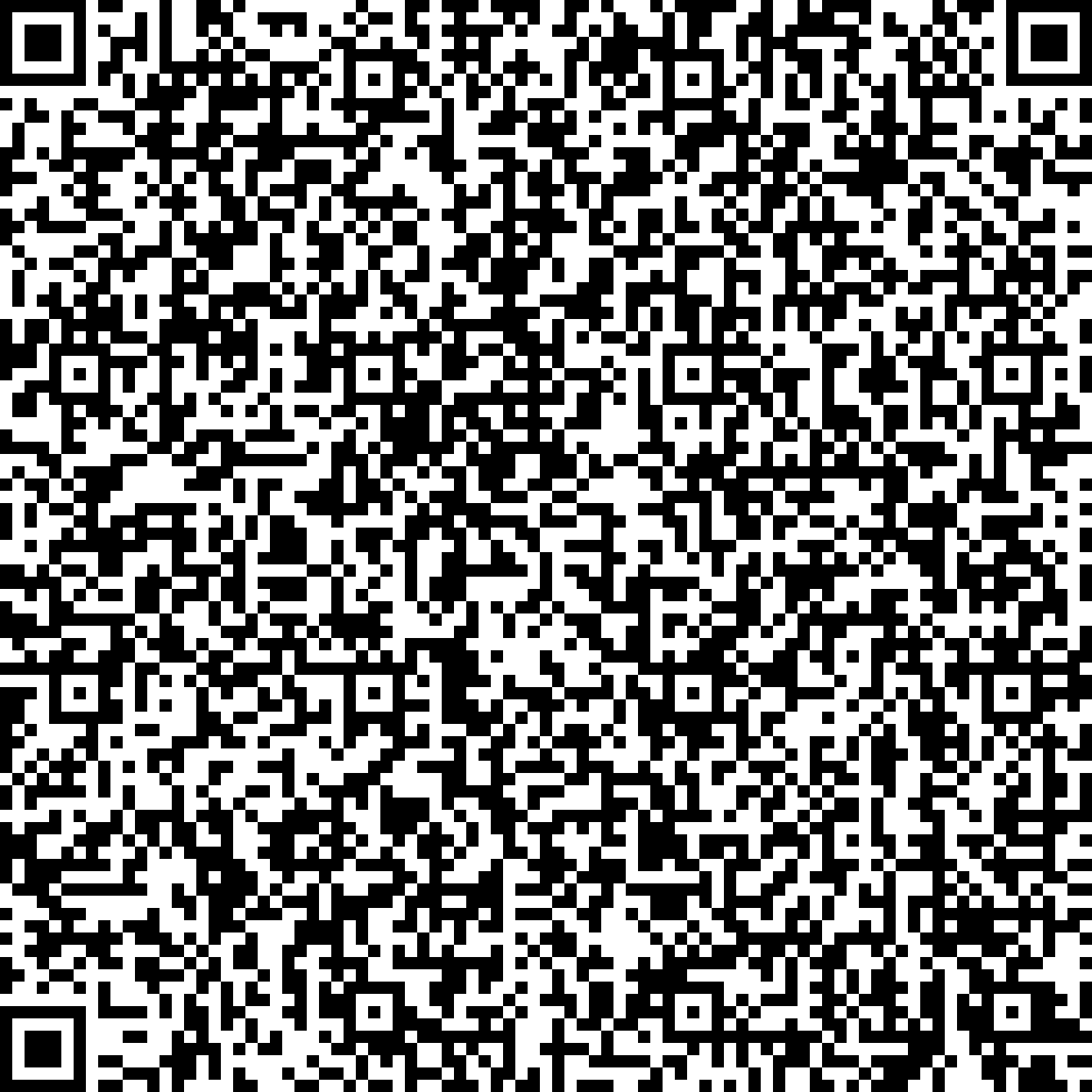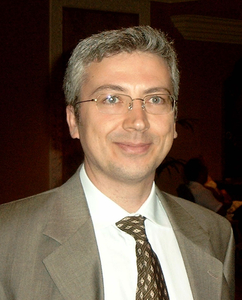


Fast and low-cost DNA sequencing methods would revolutionize medicine: a person could have his/her full genome sequenced so that drugs could be tailored to his/her specific illnesses; doctors could know in advance patients' likelihood to develop a given ailment; cures to major diseases could be found faster [1]. However, this goal of "personalized medicine" is hampered today by the high cost and slow speed of DNA sequencing methods. In this talk, I will discuss the sequencing protocol we suggest which requires the measurement of the distributions of transverse currents during the translocation of single-stranded DNA into nanopores [2-5]. I will support our conclusions with a combination of molecular dynamics simulations coupled to quantum mechanical calculations of electrical current in experimentally realizable systems [2-5]. I will also discuss recent experiments that support these theoretical predictions. In addition, I will show how this relatively unexplored area of research at the interface between solids, liquids, and biomolecules at the nanometer length scale is a fertile ground to study quantum phenomena that have a classical counterpart, such as ionic quasi-particles, "quantized" conductance [6,7] and Coulomb blockade [8].
References
1. M. Zwolak, M. Di Ventra, Rev. Mod. Phys. 2008, 80, 141.
2. M. Zwolak and M. Di Ventra, Nano Lett. 5, 421 (2005).
3. J. Lagerqvist, M. Zwolak, and M. Di Ventra, Nano Lett., 2006 6, 779.
4. J. Lagerqvist, M. Zwolak, and M. Di Ventra, Biophys. J. 2007, 93, 2384.
5. M. Krems, M. Zwolak, Y.V. Pershin, and M. Di Ventra, Biophys. J. 2009, 97, 1990.
6. M. Zwolak, J. Lagerqvist, and M. Di Ventra, Phys. Rev.Lett. 2009, 103, 128102.
7. M. Zwolak, J. Wilson, and M. Di Ventra, J. Phys. Cond. Matt. 2011, 22, 454126.
8. M. Krems and M. Di Ventra, Arxiv preprint arXiv:1103.2749 (2011).



Fast and low-cost DNA sequencing methods would revolutionize medicine: a person could have his/her full genome sequenced so that drugs could be tailored to his/her specific illnesses; doctors could know in advance patients' likelihood to develop a given ailment; cures to major diseases could be found faster [1]. However, this goal of "personalized medicine" is hampered today by the high cost and slow speed of DNA sequencing methods. In this talk, I will discuss the sequencing protocol we suggest which requires the measurement of the distributions of transverse currents during the translocation of single-stranded DNA into nanopores [2-5]. I will support our conclusions with a combination of molecular dynamics simulations coupled to quantum mechanical calculations of electrical current in experimentally realizable systems [2-5]. I will also discuss recent experiments that support these theoretical predictions. In addition, I will show how this relatively unexplored area of research at the interface between solids, liquids, and biomolecules at the nanometer length scale is a fertile ground to study quantum phenomena that have a classical counterpart, such as ionic quasi-particles, "quantized" conductance [6,7] and Coulomb blockade [8].
References
1. M. Zwolak, M. Di Ventra, Rev. Mod. Phys. 2008, 80, 141.
2. M. Zwolak and M. Di Ventra, Nano Lett. 5, 421 (2005).
3. J. Lagerqvist, M. Zwolak, and M. Di Ventra, Nano Lett., 2006 6, 779.
4. J. Lagerqvist, M. Zwolak, and M. Di Ventra, Biophys. J. 2007, 93, 2384.
5. M. Krems, M. Zwolak, Y.V. Pershin, and M. Di Ventra, Biophys. J. 2009, 97, 1990.
6. M. Zwolak, J. Lagerqvist, and M. Di Ventra, Phys. Rev.Lett. 2009, 103, 128102.
7. M. Zwolak, J. Wilson, and M. Di Ventra, J. Phys. Cond. Matt. 2011, 22, 454126.
8. M. Krems and M. Di Ventra, Arxiv preprint arXiv:1103.2749 (2011).